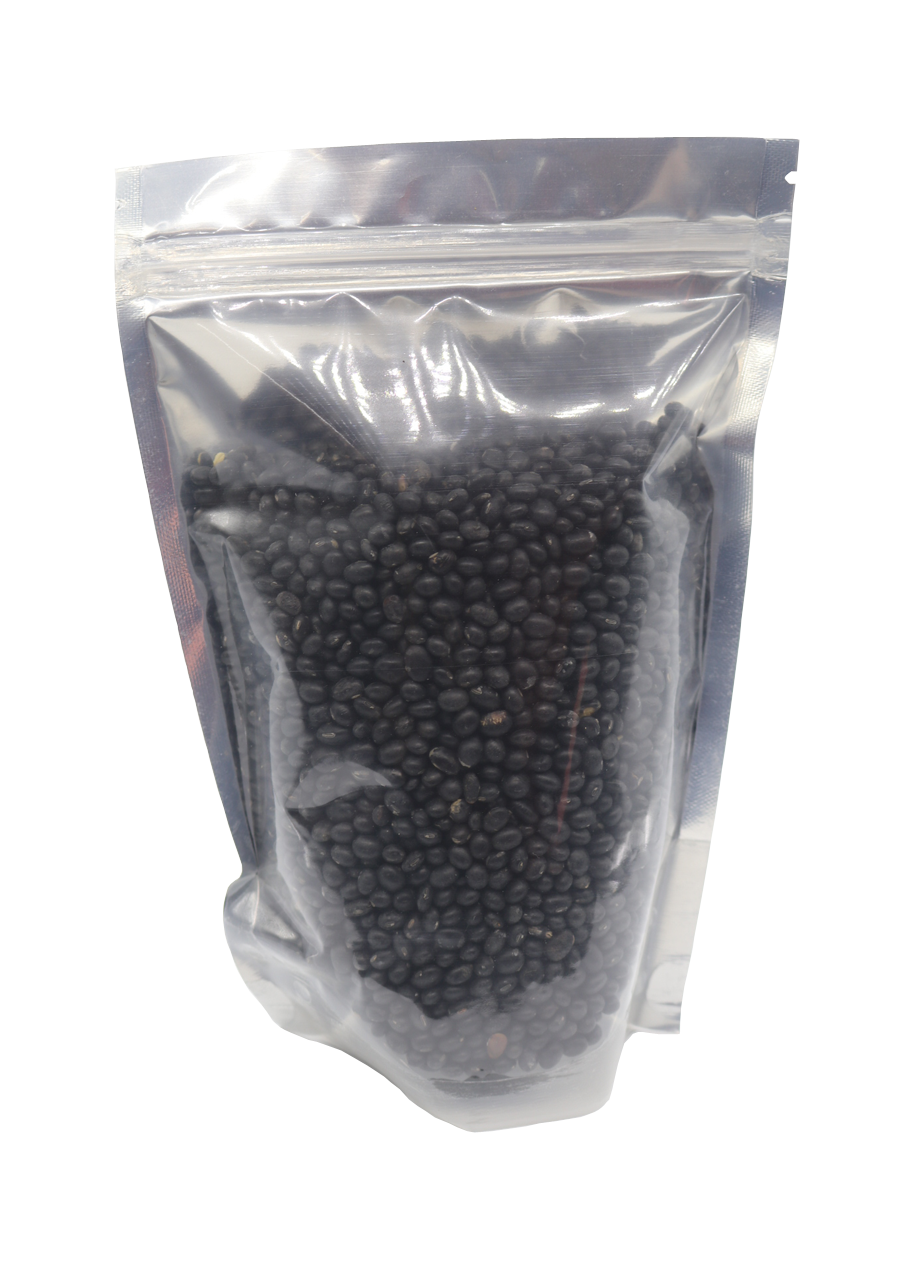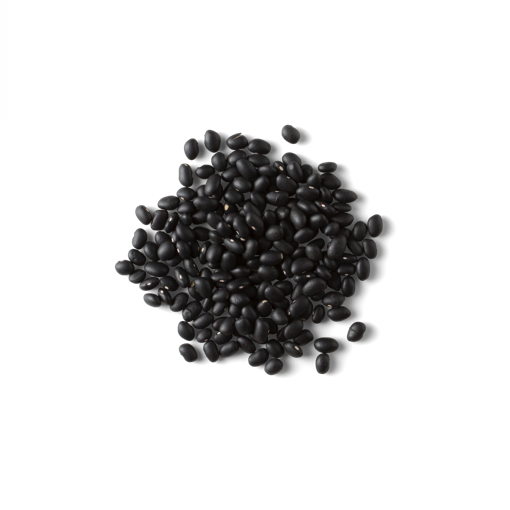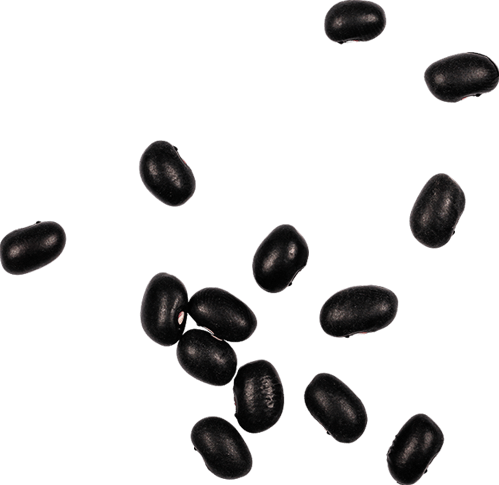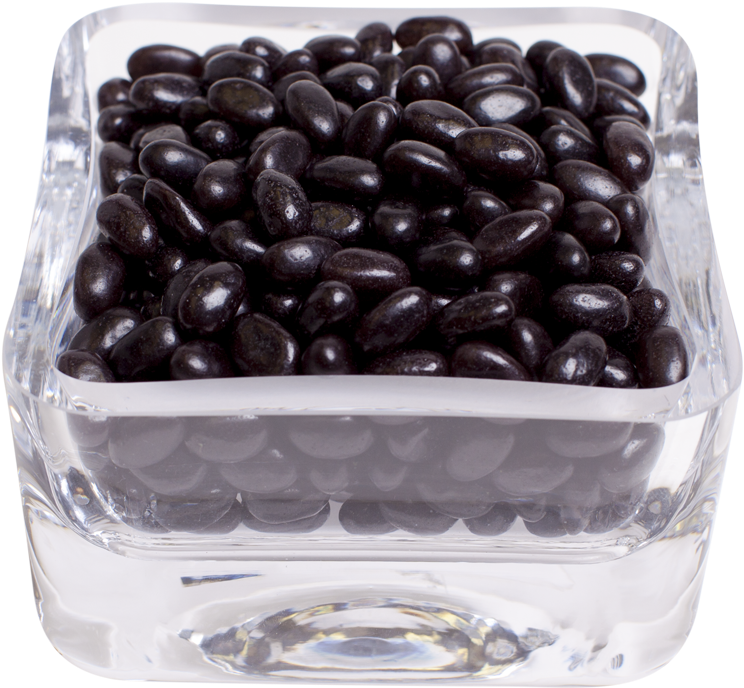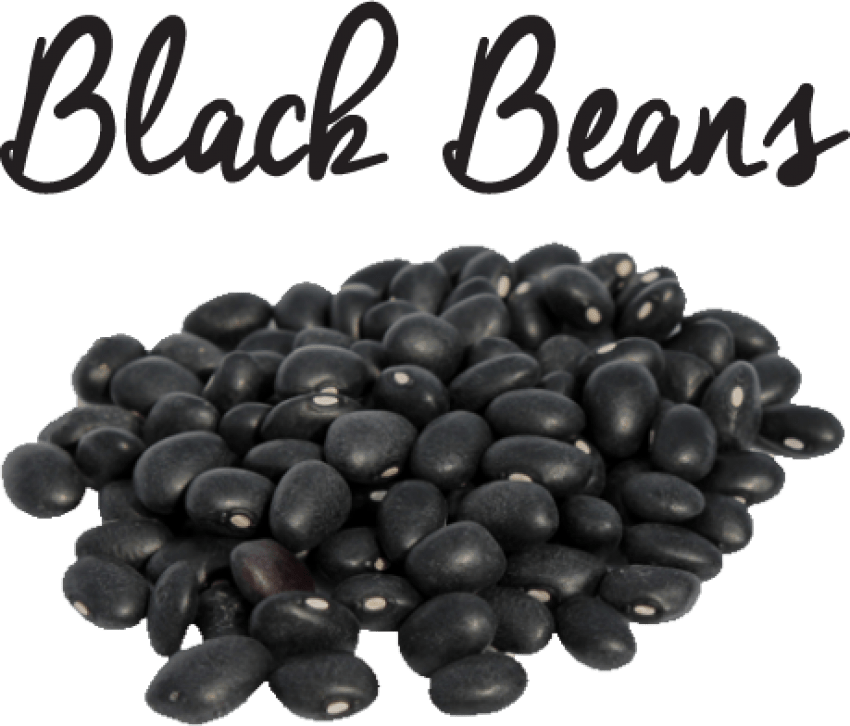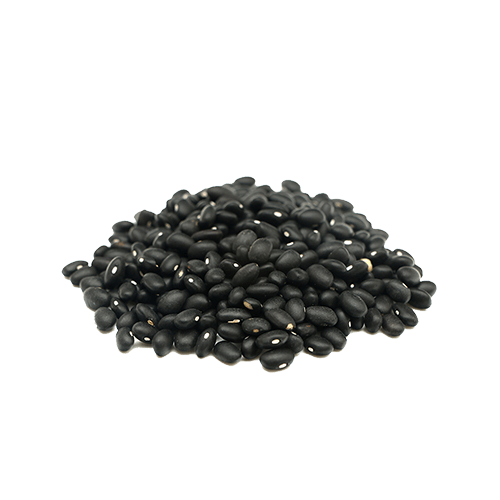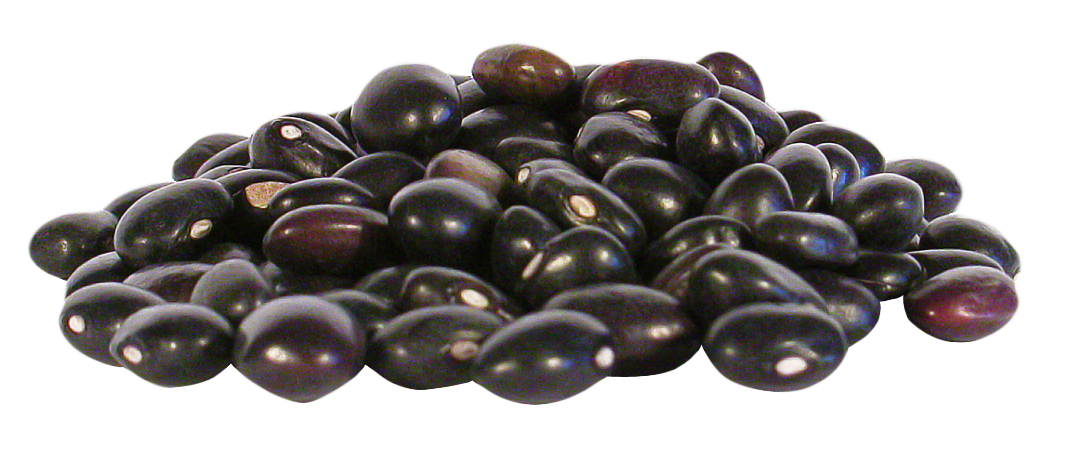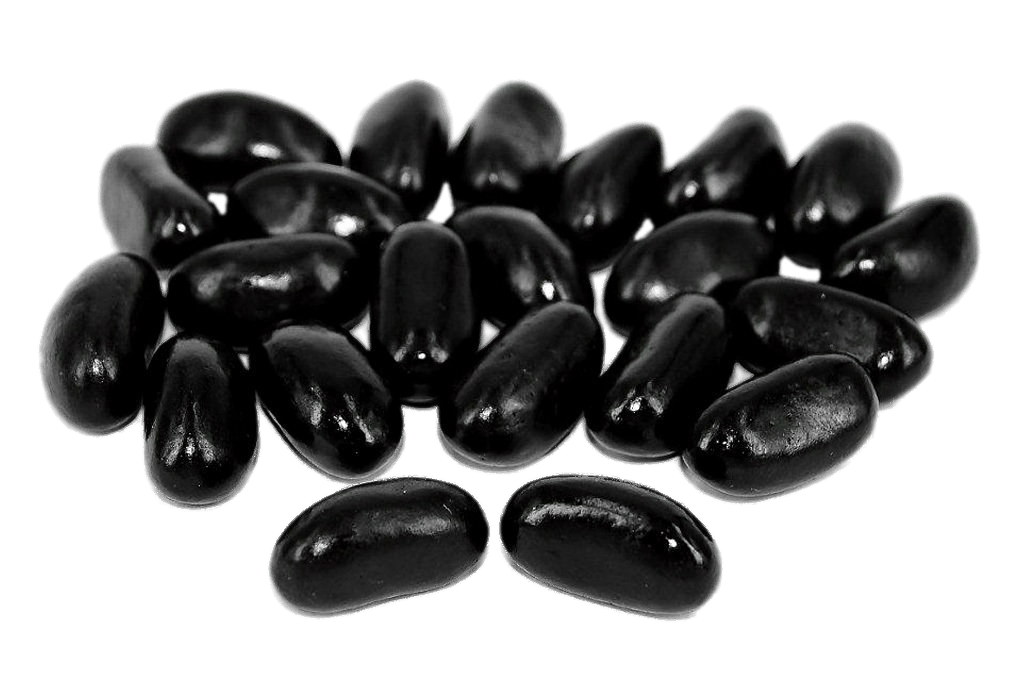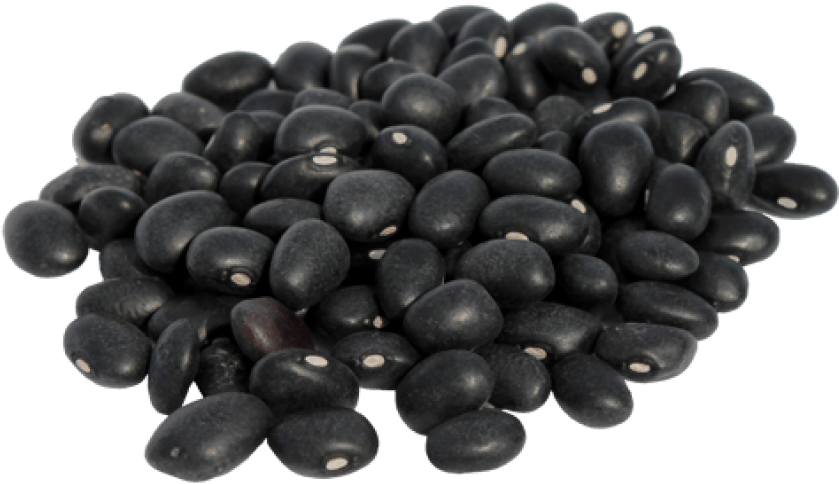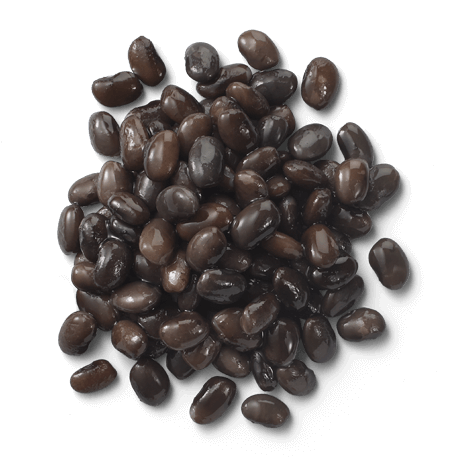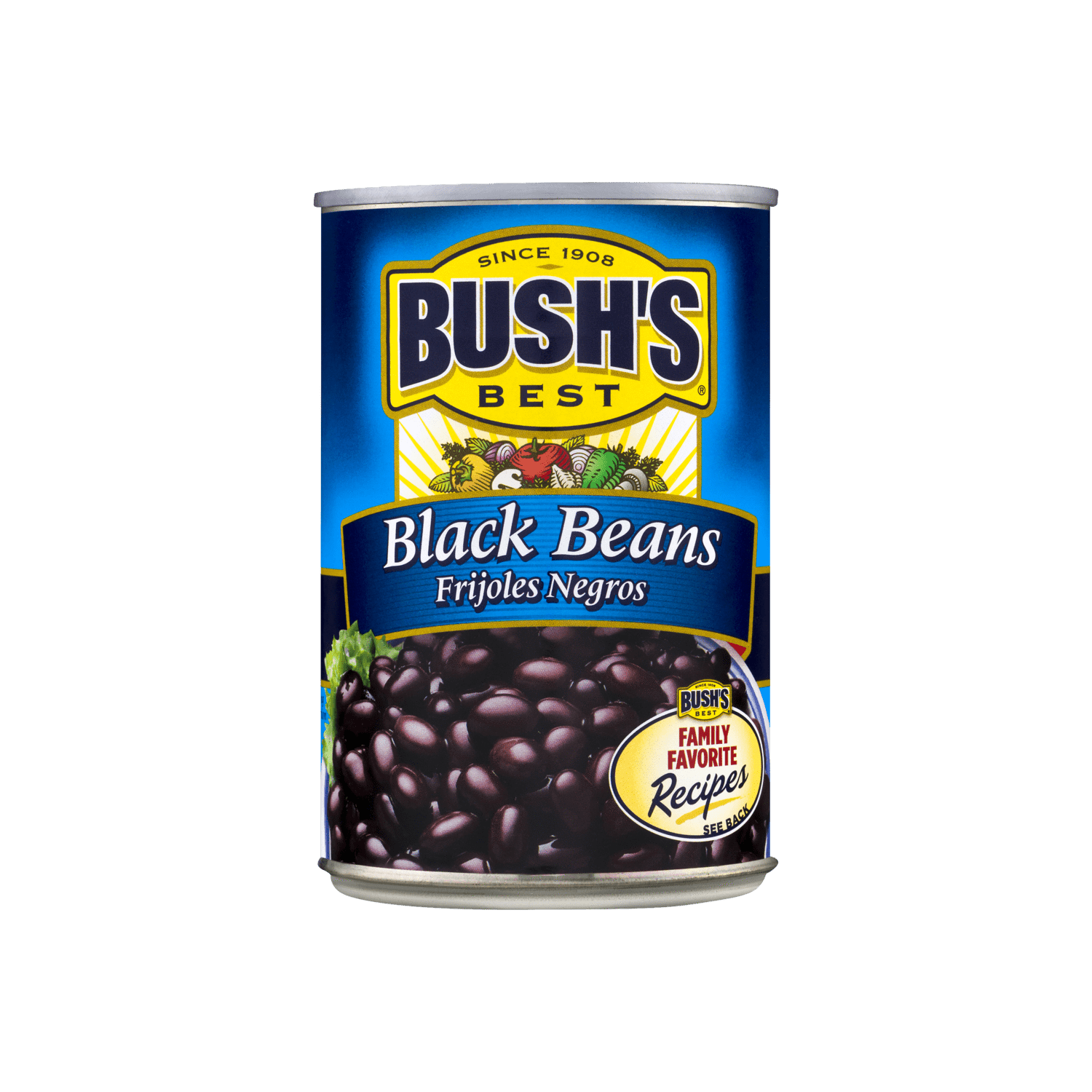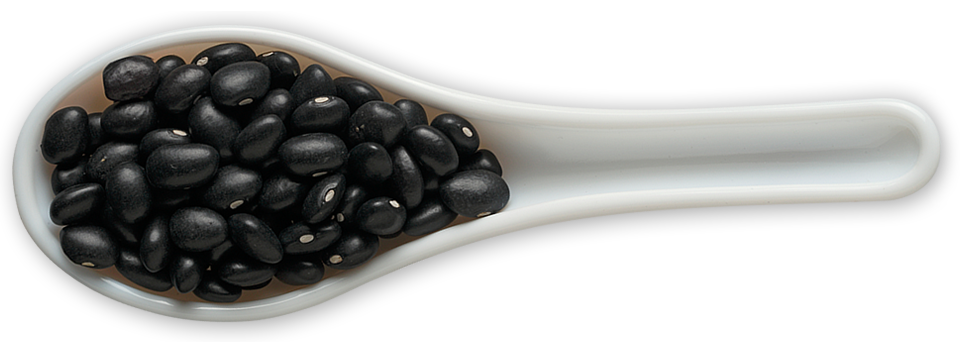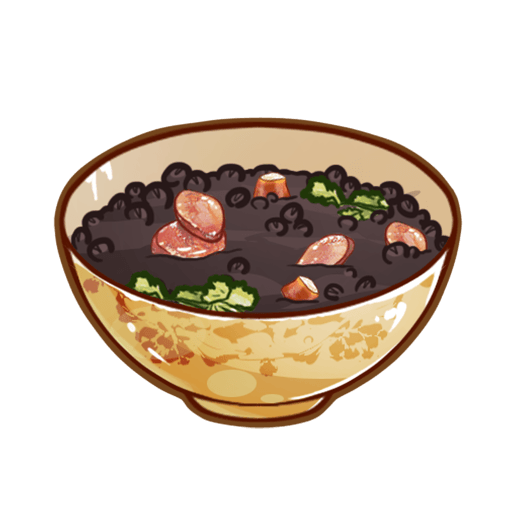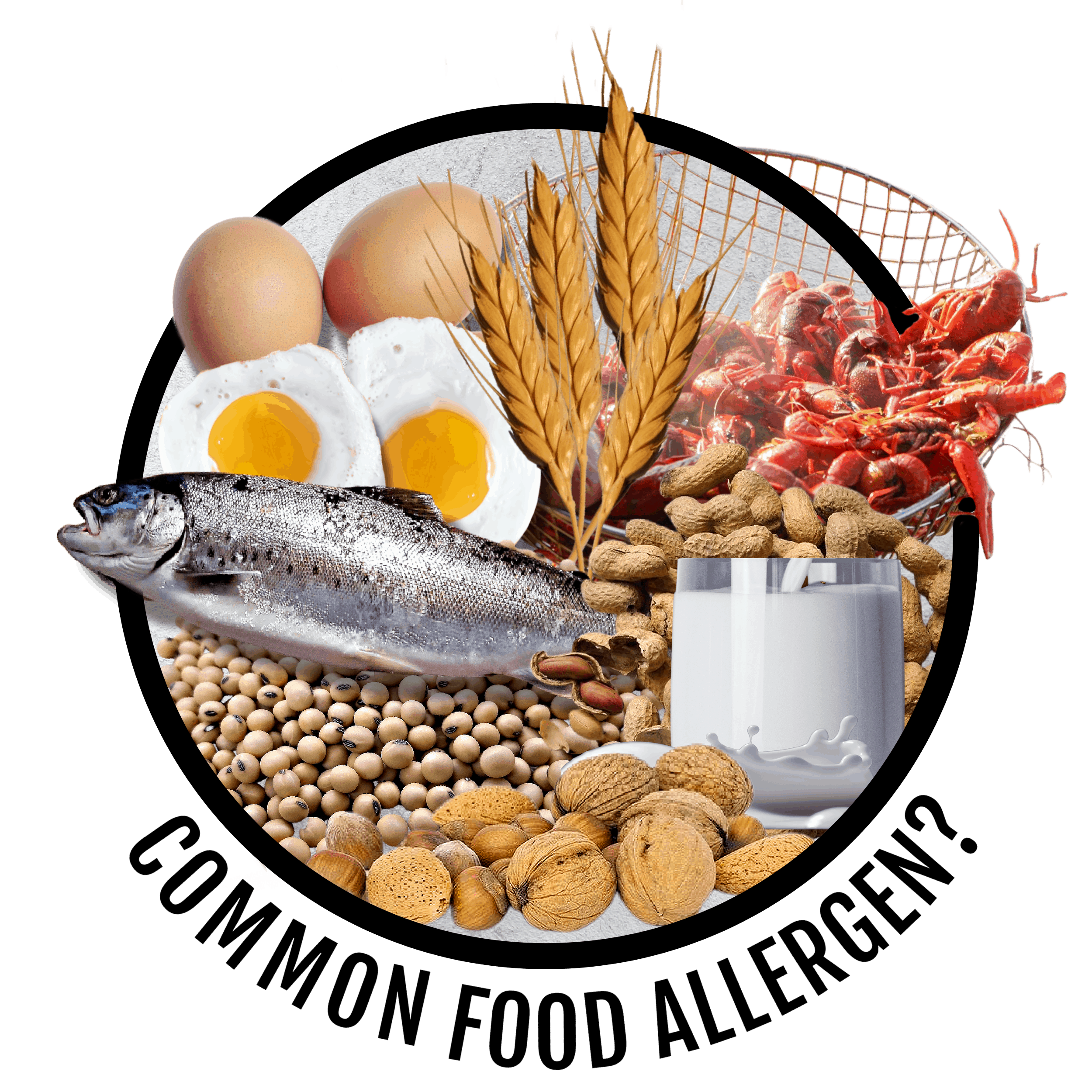Download top and best high-quality free Black Beans PNG Transparent Images backgrounds available in various sizes. To view the full PNG size resolution click on any of the below image thumbnail.
License Info: Creative Commons 4.0 BY-NC
The black gram (Vigna mungo), also known as urad bean, uzhunnu parippu, ulundu paruppu, minapa pappu, mungo bean, or black matpe bean (ma), is a South Asian bean. It has been reassigned from the Phaseolus genus to the Vigna genus, just like its relation, the mung bean. The full urad bean is commonly marketed as black lentil, but the split bean (with a white inside) is sold as white lentil. It should not be mistaken with the actual black lentil, which is much smaller (Lens culinaris).
The black gram originates in South Asia, where it has been cultivated since ancient times and is considered one of India’s most valuable pulses. It’s a common ingredient in Indian cooking. In India, the black gram is a popular pulse that is grown throughout both the Kharif and Rabi seasons. This crop is widely farmed in the Tamilnadu districts of Nagapattinam, Thiruvarur, Cuddalore, Thoothukudi, Tirunelveli, and Villupuram. Black gram is popular in Andhra Pradesh’s Coastal Andhra area. In Andhra Pradesh, the Guntur District is the leading producer of black gram. It’s called as kalo maas daal or kalo daal (black legume) in Nepal, and it’s a popular daal (legume) side dish that combines well with curries and rice on a plate. During the Indian indenture system, black gram was also imported to other tropical places such as the Caribbean, Fiji, Mauritius, Myanmar, and Africa.
It’s a thickly hairy annual shrub that grows upright, suberect, or trailing. A branching root system with smooth, spherical nodules is produced by the tap root. The pods are cylindrical, thin, and up to six centimeters long. The plant grows 30″100 cm tall, with huge hairy leaves and seed pods that are 4″6 cm long. The urad dal was initially planted in Phaseolus with the mung bean, but it has now been moved to Vigna.
The entire or split, dehusked seeds of Vigna mungo are commonly used to create dal in Northern India. The bean is cooked and eaten whole or split and converted into dal; it has a peculiar mucilaginous texture when prepared this way.
It is also often utilized in South Indian cuisine. Black gram is one of the most important components in idli and dosa batter, which is made by mixing one part black gram with three or four parts idli rice. Vada or udid vada, which are formed from soaked batter and deep-fried in cooking oil, also include black gram. The dough is also used to make papadum, which is often made with white lentils.
It’s a prominent element in dal makhani in Punjabi cuisine. It’s used in biulir dal in Bengal. It’s used to make dal in Rajasthan, which is commonly served with bati.
Black gram is high in protein (25g/100g), potassium (983 mg/100g), calcium (138 mg/100g), iron (7.57 mg/100g), niacin (1.447 mg/100g), Thiamine (0.273 mg/100g), and riboflavin (0.254 mg/100g), making it a particularly healthy food. The necessary amino acids found in most grains are supplemented by black gram, which plays a vital part in the diets of Nepalese and Indians. The folate content of black gram is likewise quite high (628 g/100g raw, 216 g/100g cooked).
Download Black Beans PNG images transparent gallery.
- Black Beans PNG Pic
Resolution: 913 × 1268
Size: 908 KB
Image Format: .png
Download
- Black Beans PNG Picture
Resolution: 510 × 510
Size: 126 KB
Image Format: .png
Download
- Black Beans PNG
Resolution: 499 × 485
Size: 38 KB
Image Format: .png
Download
- Black Beans Transparent
Resolution: 512 × 720
Size: 20 KB
Image Format: .png
Download
- Black Beans
Resolution: 744 × 688
Size: 1013 KB
Image Format: .png
Download
- Black Beans No Background
Resolution: 850 × 726
Size: 210 KB
Image Format: .png
Download
- Black Beans PNG Clipart
Resolution: 500 × 500
Size: 44 KB
Image Format: .png
Download
- Black Beans PNG Cutout
Resolution: 1066 × 451
Size: 784 KB
Image Format: .png
Download
- Black Beans PNG File
Resolution: 500 × 455
Size: 203 KB
Image Format: .png
Download
- Black Beans PNG Free Image
Resolution: 1024 × 692
Size: 239 KB
Image Format: .png
Download
- Black Beans PNG HD Image
Resolution: 839 × 484
Size: 267 KB
Image Format: .png
Download
- Black Beans PNG Image File
Resolution: 460 × 460
Size: 80 KB
Image Format: .png
Download
- Black Beans PNG Image HD
Resolution: 1500 × 1500
Size: 418 KB
Image Format: .png
Download
- Black Beans PNG Image
Resolution: 960 × 350
Size: 307 KB
Image Format: .png
Download
- Black Beans PNG Images HD
Resolution: 512 × 512
Size: 43 KB
Image Format: .png
Download
- Black Beans PNG Images
Resolution: 500 × 500
Size: 356 KB
Image Format: .png
Download
- Black Beans PNG Photo
Resolution: 2500 × 2500
Size: 1217 KB
Image Format: .png
Download
- Black Beans PNG Photos
Resolution: 456 × 456
Size: 49 KB
Image Format: .png
Download
